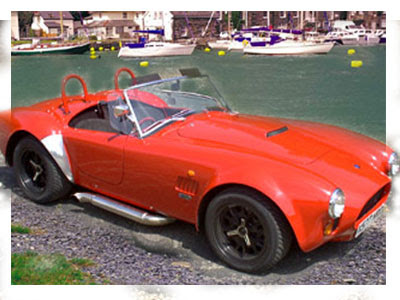
JetBlue Airways (Nasdaq:JBLU) today welcomes its first customers to Terminal 5, the airline's newly constructed home at John F. Kennedy International Airport. Commencing today, all JetBlue departures from JFK will operate from T5, as will all domestic arrivals and international arrivals that pre-clear U.S. customs prior to arriving in New York. The first flight scheduled to arrive at T5 was JetBlue Flight 358 from Burbank at 5:05 a.m. The first departure scheduled for T5 was JetBlue Flight 709 to San Juan, with a scheduled departure time of 6:00 a.m.
One of the first terminals in the U.S. to be completely designed and built post 9/11, T5 focuses on efficiency and customer comfort. The 635,000-square-foot terminal boasts 26 gates distributed throughout three concourses and includes a 55,000-square-foot central retail and concession Marketplace. T5 is designed to accommodate up to 20 million annual customers with up to 250 daily departures.
"From day one Terminal 5 will welcome more than 30 percent of JFK's annual customer traffic," said Dave Barger, CEO of JetBlue Airways. "The terminal is designed specifically with our customers in mind, and we have created a new standard in both comfort and service that everyone can enjoy. Its unique amenities will create a stress free on-the-ground experience for JetBlue customers that will match the innovative and award-winning experience JetBlue is known for in the air."
The design of T5 allows customers to control their own movement and experience through the terminal. There are two check-in areas with a total of 65 e-ticket kiosks and 40 traditional check-in counters, a large central security checkpoint -- the largest single checkpoint in the United States -- capable of accommodating 20 screening lanes, and an automated "in-line" baggage system that efficiently moves bags from the check-in lobby through screening and to the ramp for delivery to waiting aircraft. Customers will be able to enjoy free Wi-Fi throughout the terminal, grandstand seating under a 40-foot-diameter digital ring of LCD monitors in the Marketplace, spacious gate areas with ample seating, expansive windows that bring in natural light and offer unparalleled runway views, a children's play space, and a lounge-like area in the East Concourse filled with whimsical and colorful furniture by Italian designer Moroso.
Twenty-two concessions, created exclusively for T5 by OTG Management, and 25 specialty retail stores present customers with unique dining and shopping options. T5 includes nine full-serve restaurants, bars and cafes; a gourmet food hall featuring eight quick-serve eateries; grab-and-go gourmet markets; three coffee bars; six bars/lounges; and an innovative gate area program called re:vive that allows customers to use touch-screen monitors to order meals for delivery to the gate areas.
T5, designed by Gensler and created in collaboration with Turner Construction Company, Arup, AECOM (as DMJM Harris) and Rockwell Group, provides operational efficiencies while offering a customer-friendly experience for today's traveler. The terminal was majority funded by and built in collaboration with the Port Authority of New York and New Jersey, Kennedy Airport's operator. T5 is located behind the iconic Eero Saarinen-designed TWA terminal, which remains under the control of the Port Authority. The Port Authority is rehabilitating and restoring the landmark structure in order to reopen it to the public under an adaptive reuse program. The design of JetBlue's new T5 began in March 2004 with groundbreaking occurring in December 2005.
About JetBlue Airways
New York-based JetBlue Airways has created a new airline category based on value, service and style. Known for its award-winning service and free TV as much as its low fares, JetBlue is now pleased to offer customers Lots of Legroom and super-spacious Even More Legroom seats. JetBlue introduced complimentary in-flight e-mail and instant messaging services on aircraft "BetaBlue," a first among U.S. domestic airlines. JetBlue is also America's first and only airline to offer its own Customer Bill of Rights, with meaningful and specific compensation for customers inconvenienced by service disruptions within JetBlue's control. Visit www.jetblue.com/promise for details. JetBlue serves 51 cities with 500 daily flights. With JetBlue, all seats are assigned, all travel is ticketless, all fares are one-way, and an overnight stay is never required. For information or reservations call 1-800-JETBLUE (1-800-538-2583) or visit www.jetblue.com.



